Marlborough is pleased to present It Gets Beta, a two-person exhibition by Andrew Kuo and Scott Reeder that will simultaneously occupy the 25th Street and Broome Street galleries. In Chelsea, the show includes new paintings by Kuo and new paintings and neon works by Reeder. On the Lower East side, the artists have created collaborative mini nightclub called Thinkers, which is entered through a tiny door at the back of the gallery, and will feature weekly music and performance programming.
The pairing of these two artists acknowledges that, while the artists have, on the surface, a divergent aesthetic they share a deeper kinship in their use of language, humor, color and a shared attraction to (and ironic suspicion of) abstraction. While Kuo’s brightly patterned chart paintings evoke the pleasures of geometric abstraction, they negate the purity of hard-edge painting by acting as functioning metrics of his tragicomic mental states. Similarly (though inversely) Reeder’s pasta and roller paintings elevate the flatfooted “art” idea to a level of uncomfortable, humorous grandeur—at once reductive and overblown.
The use of text by both artists also runs parallel. The involved prose of Kuo’s charts is painstakingly composed and edited before being systemetized into an optical infographic. The degree of personal disclosure can be unnervingly specific or more relatably generalized as with a song’s lyrics. In these paintings, the text effectively writes the code that constructs the complex architecture of the painting. Reeder wields language more bluntly in the form of lists or short, poetic pairings of words. The letters themselves, their sound and their shape, are the subject of the painting and telegraph Reeder’s potent deadpan humor. In the case of both artists, however, the form and meaning of language are inextricable.
As artists with active public presences online, in video, and music performance, Reeder and Kuo are two artists who understand very well the mechanics and message of each medium and seek to streamline our experience within them while complicating our assumptions. With this crucial and shared skill, the artists are able to remind us of what is sad about funny, what is transcendent about the humdrum, and what is smart about dumb.
Works
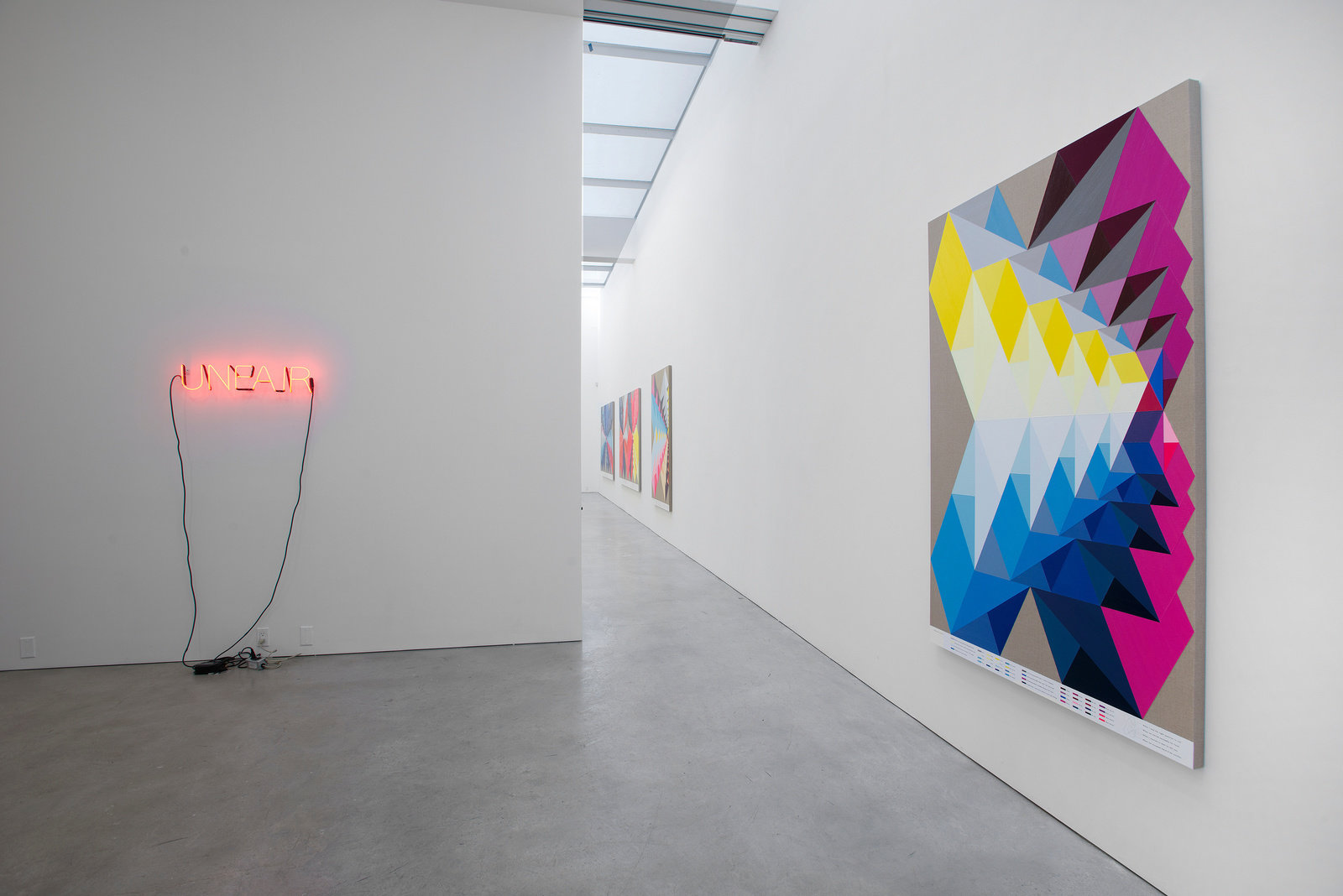

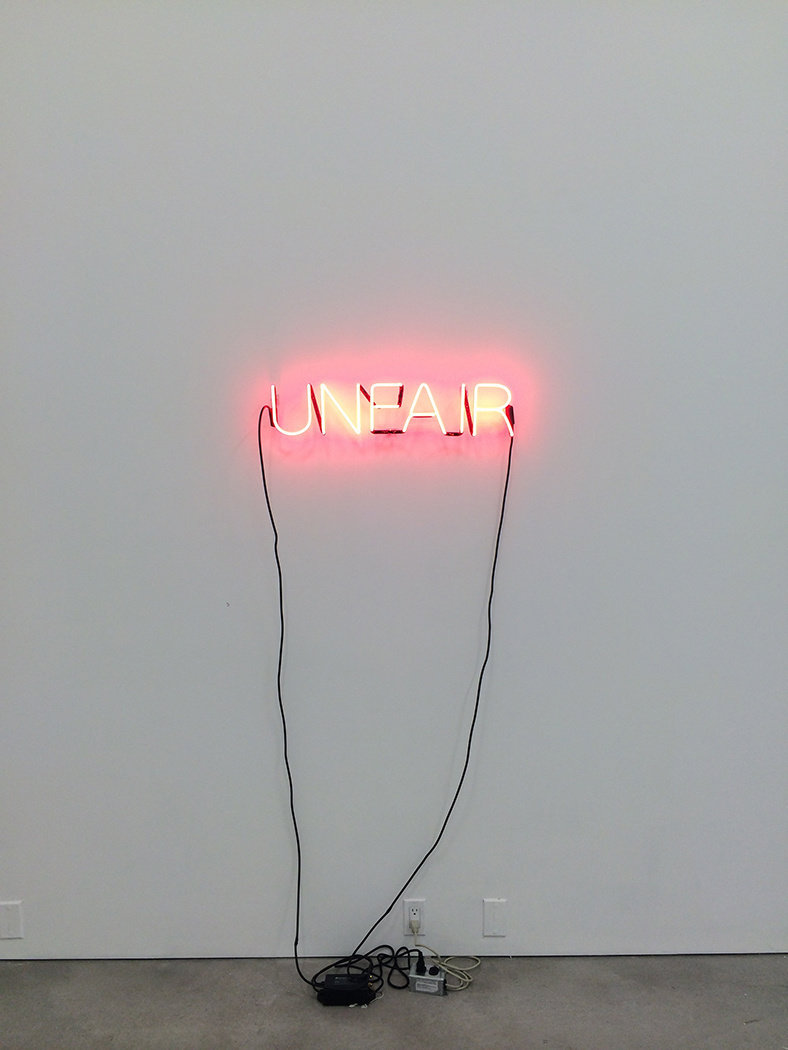

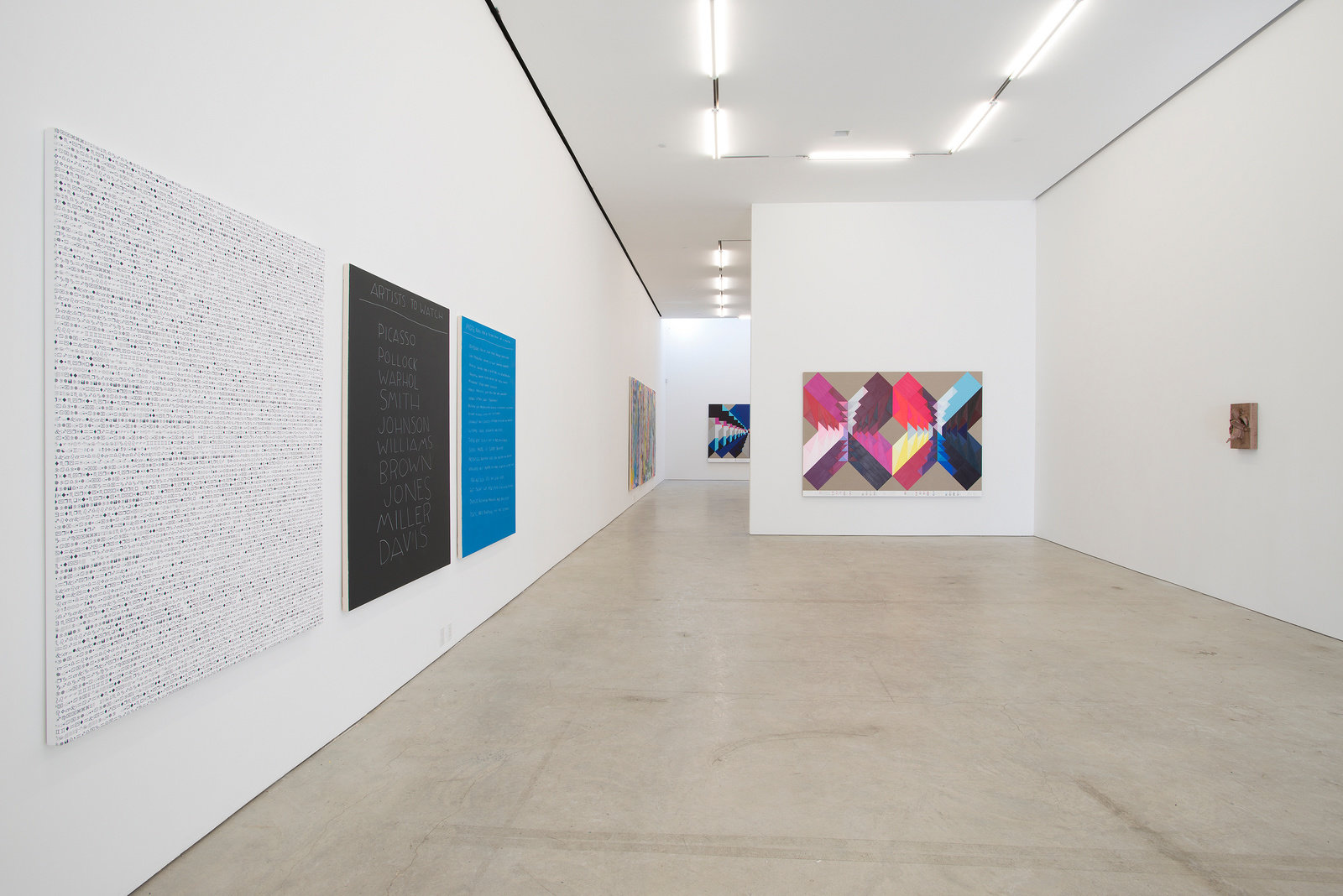
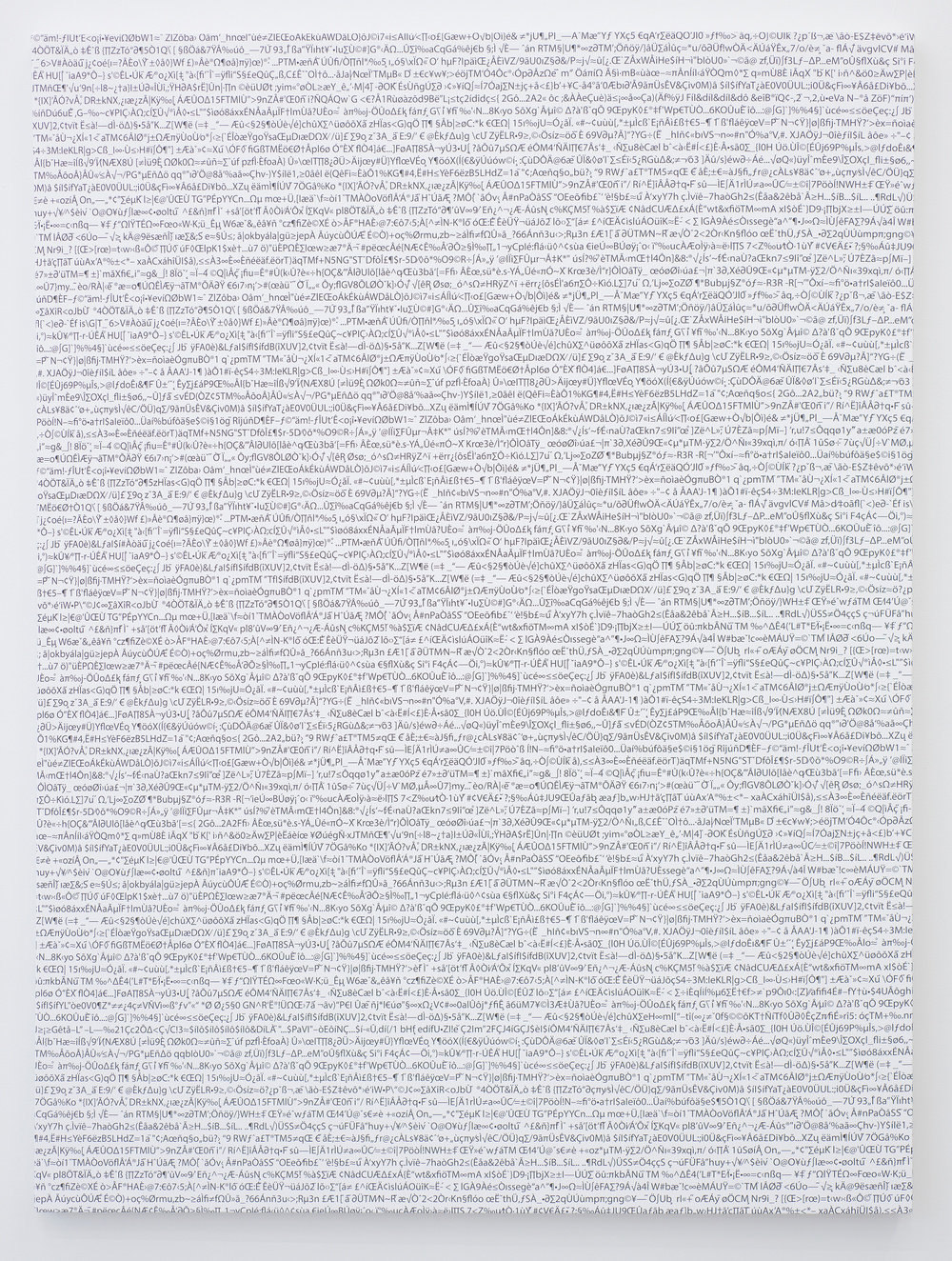
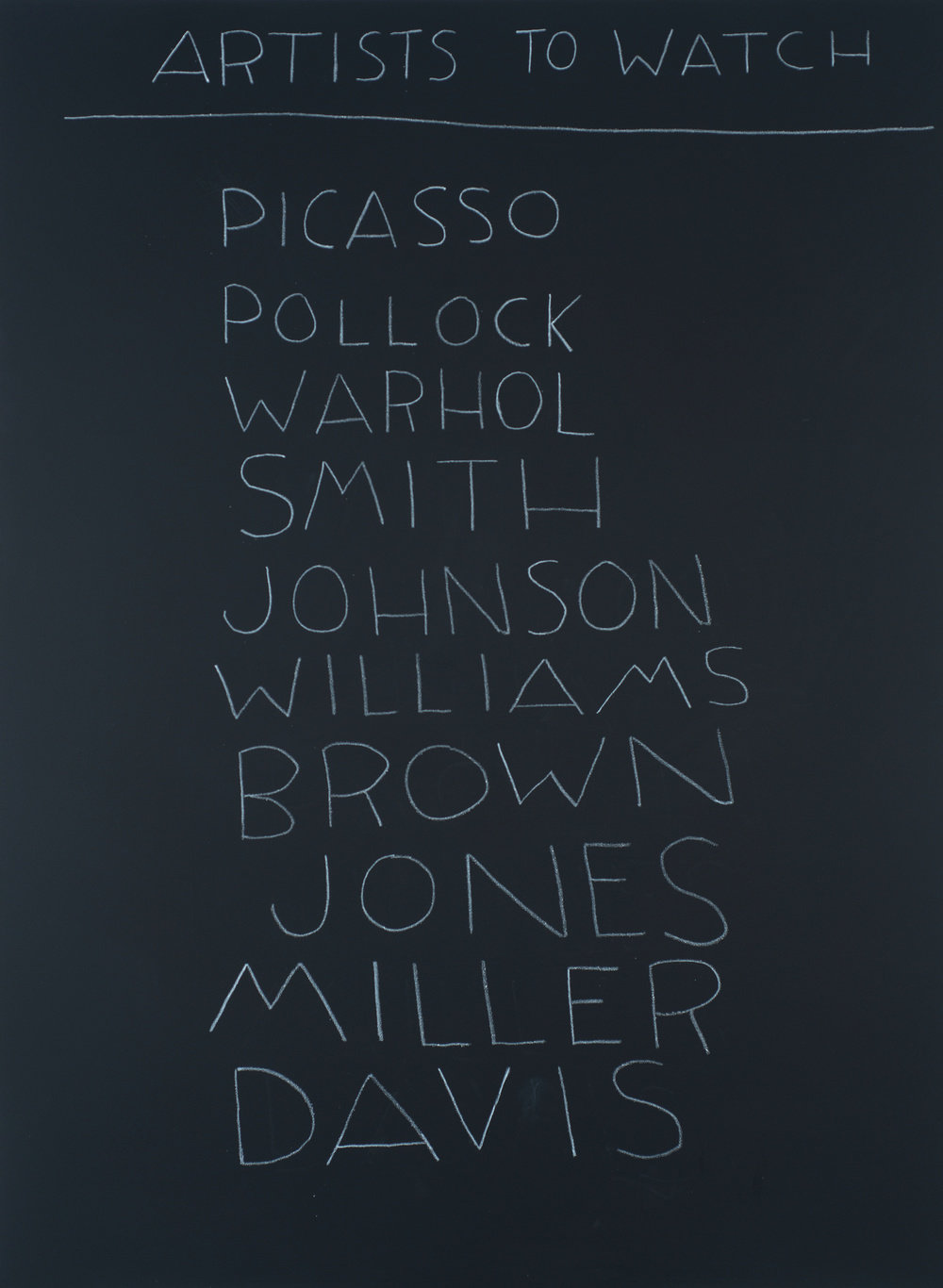
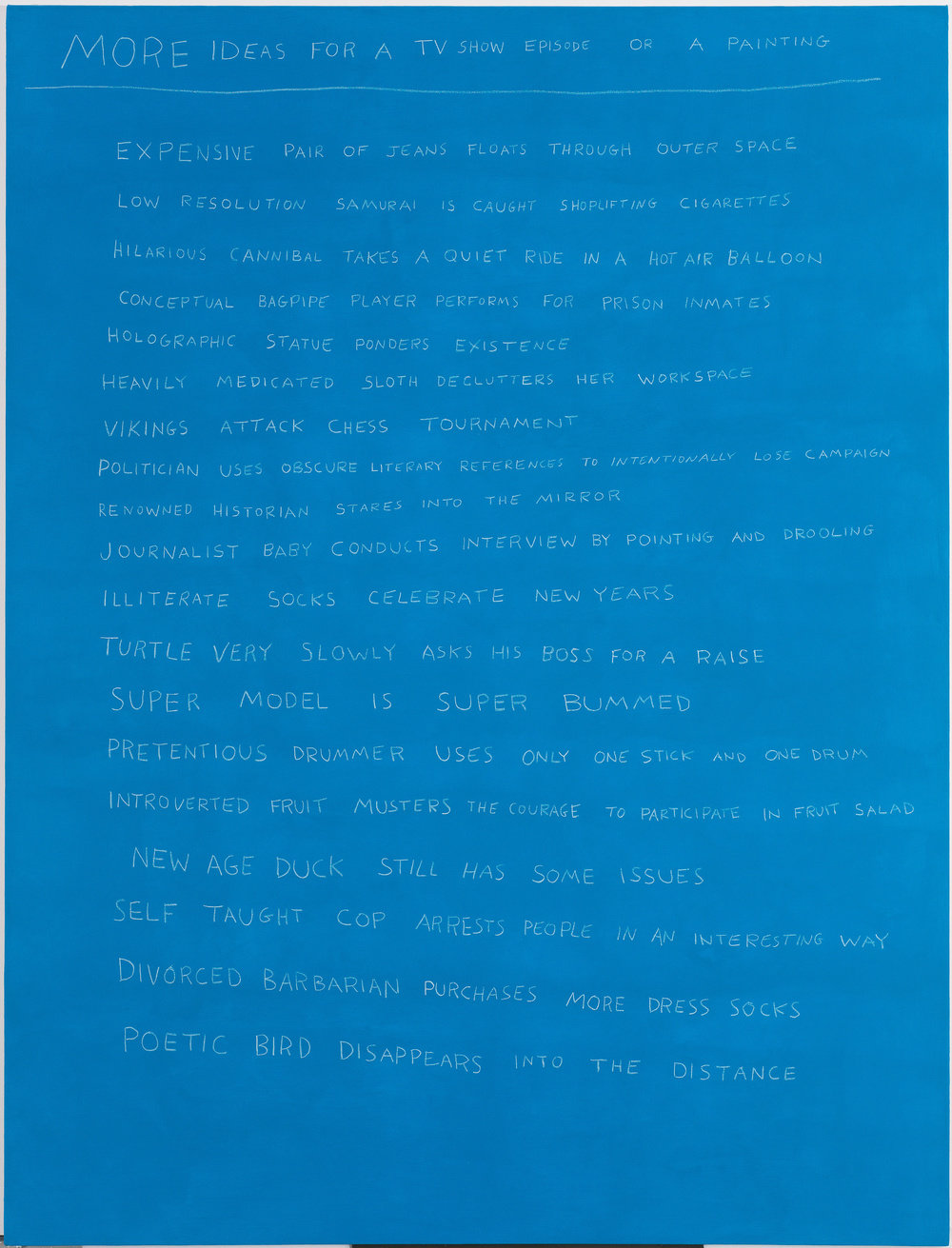


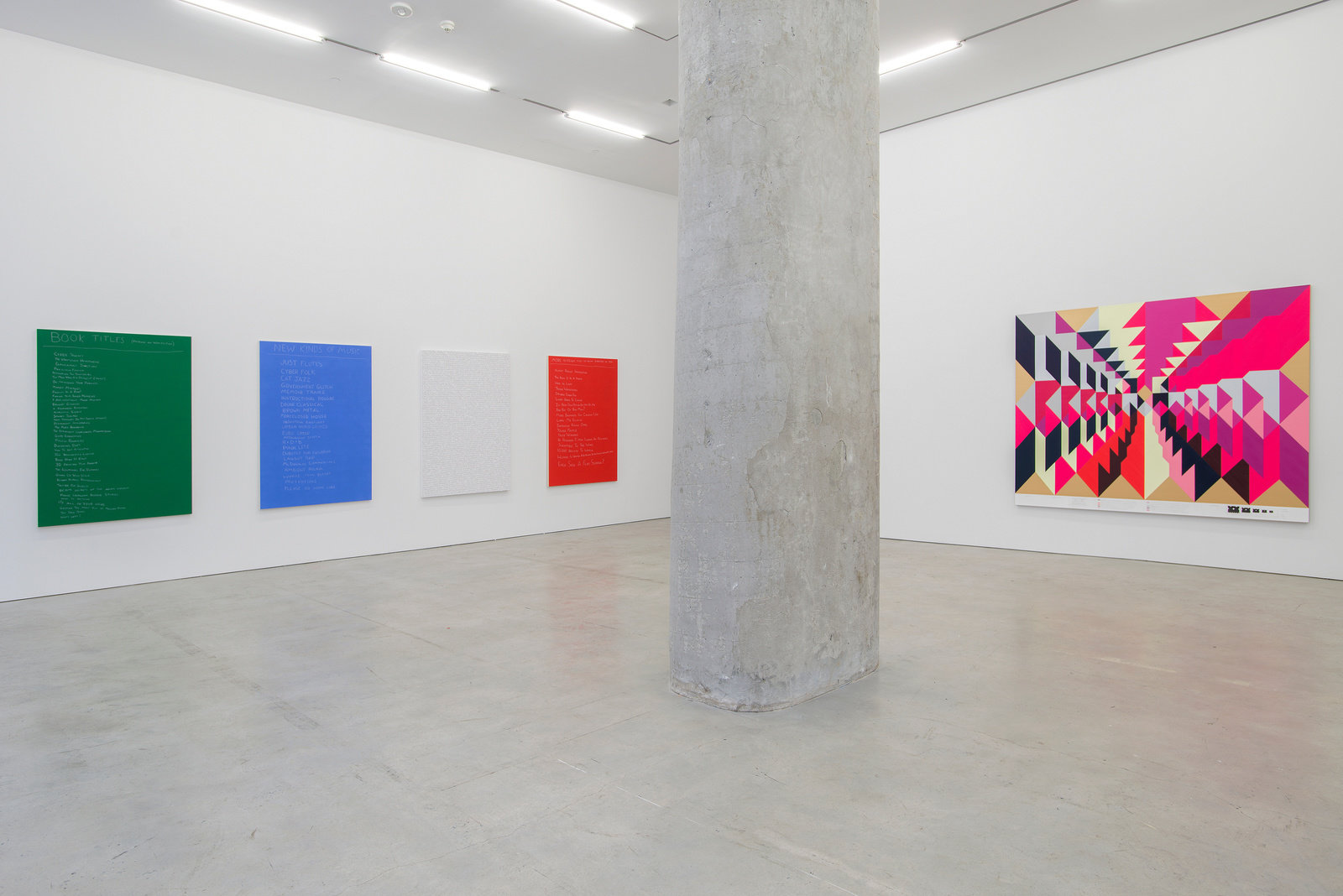
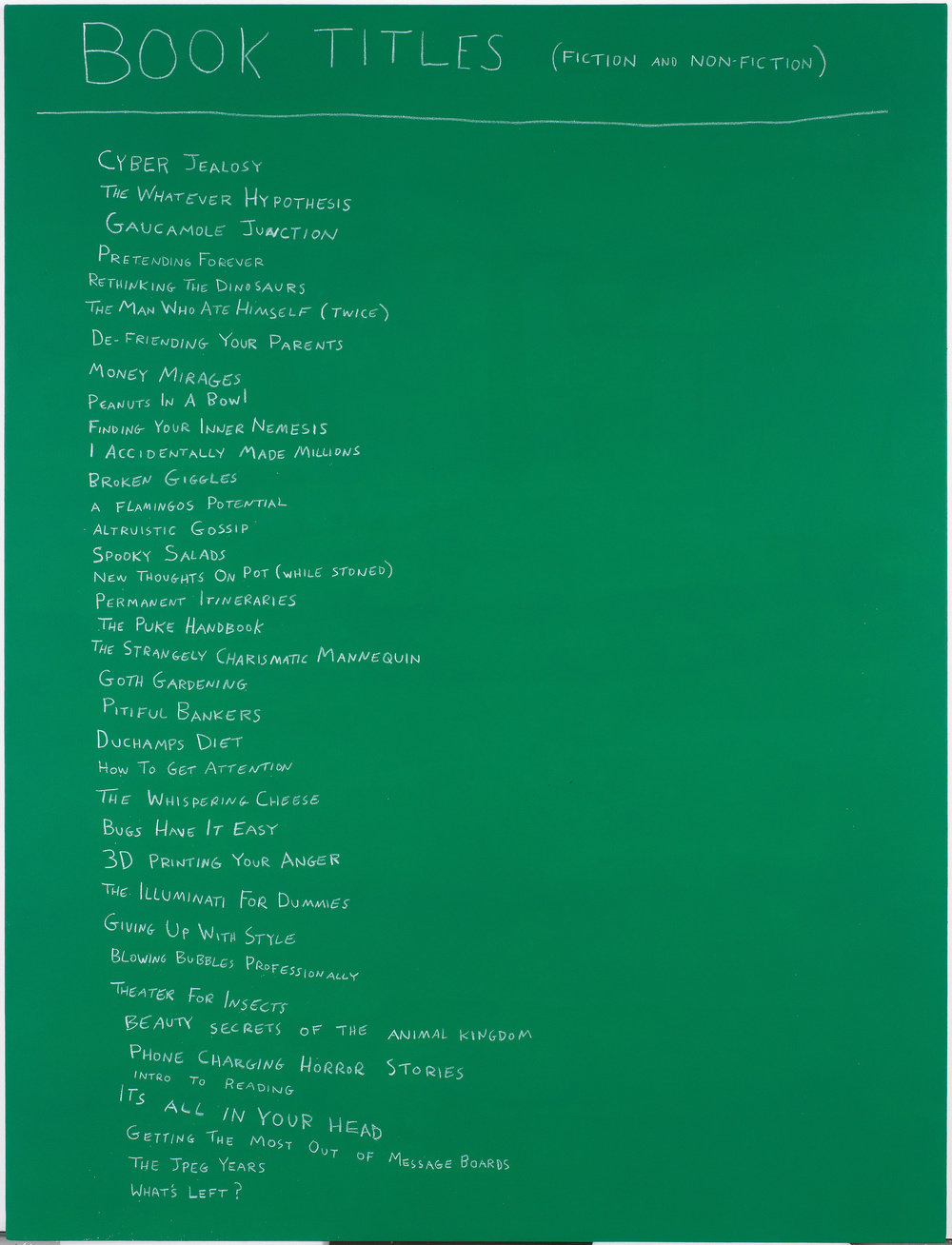
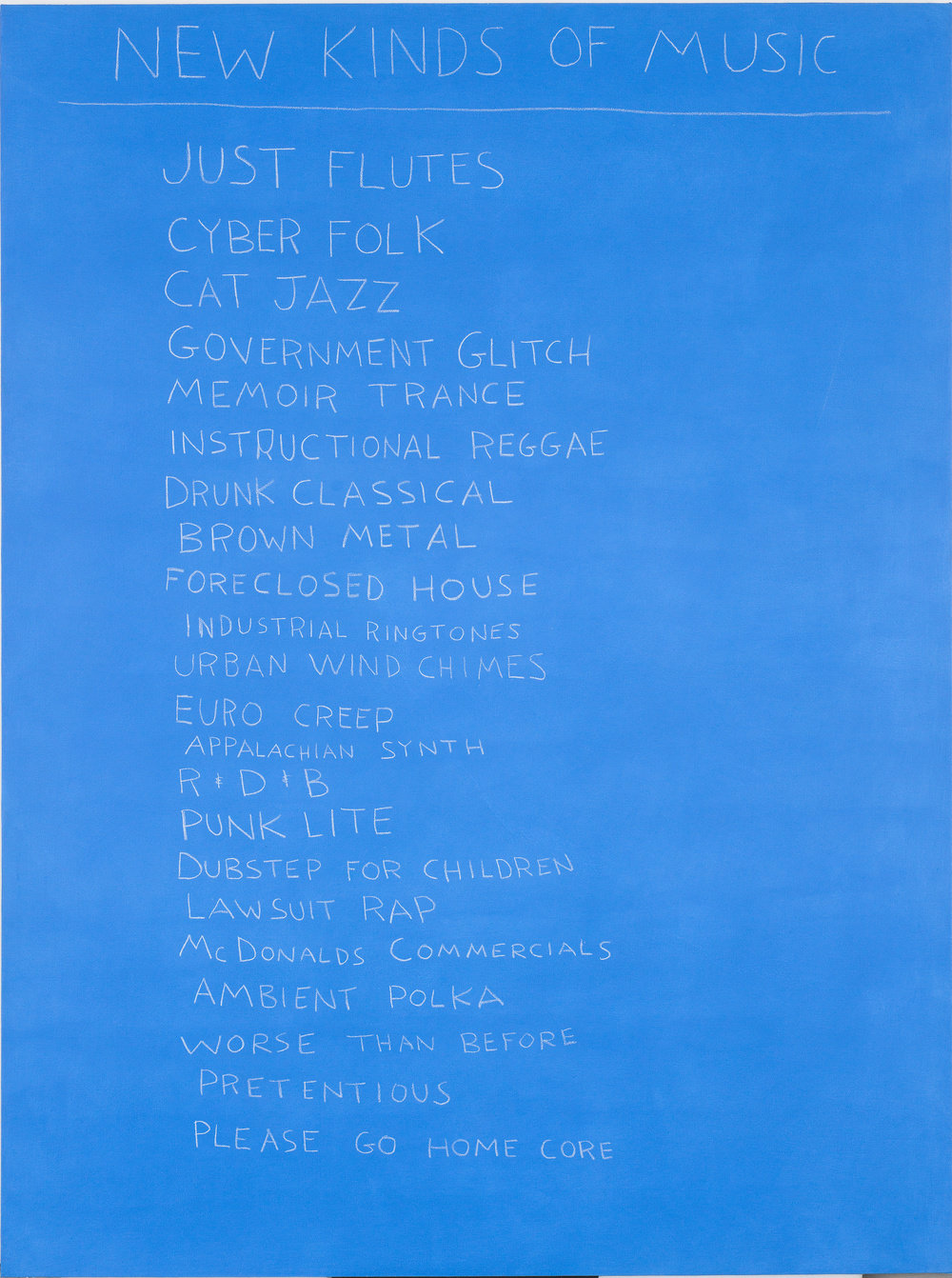
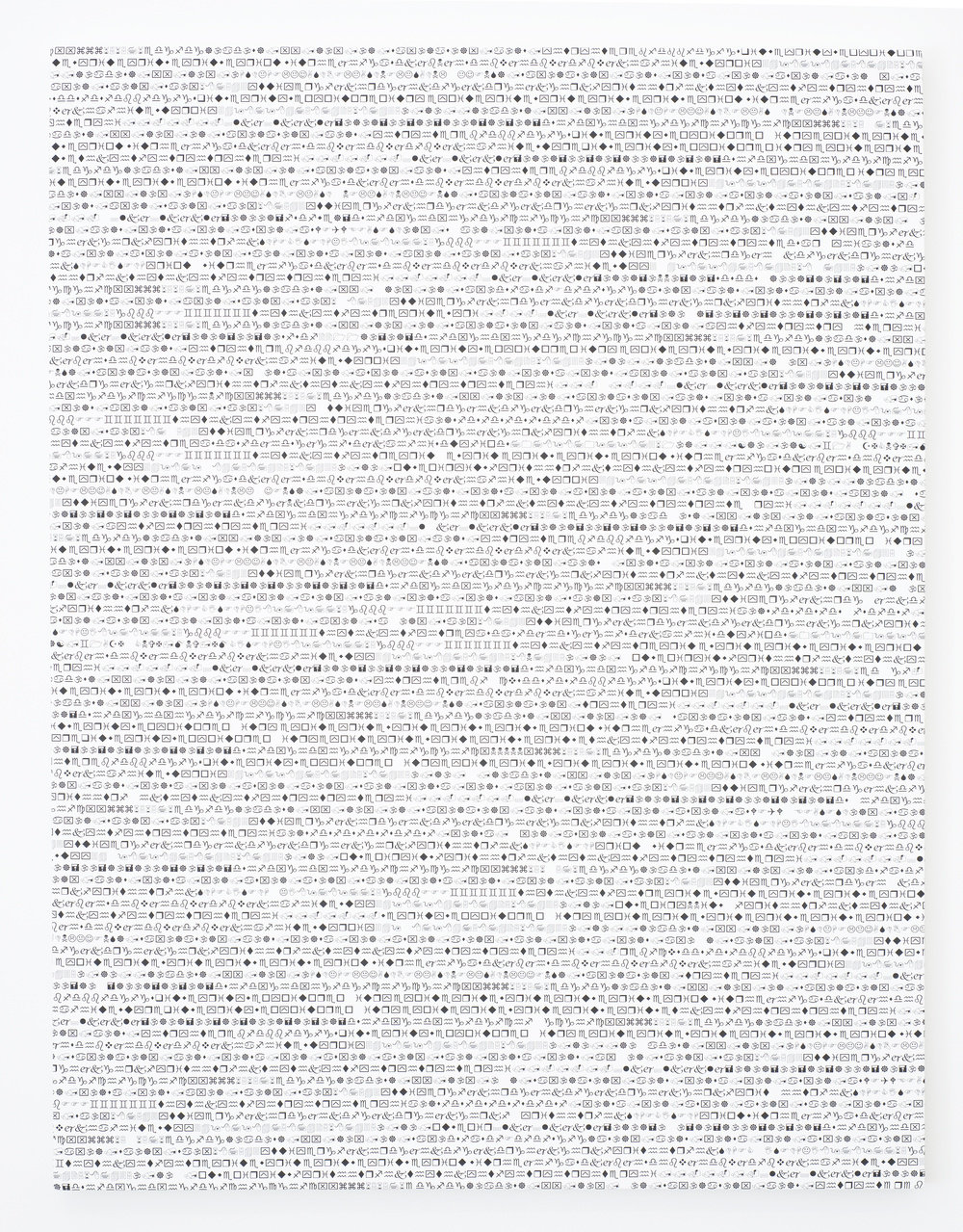
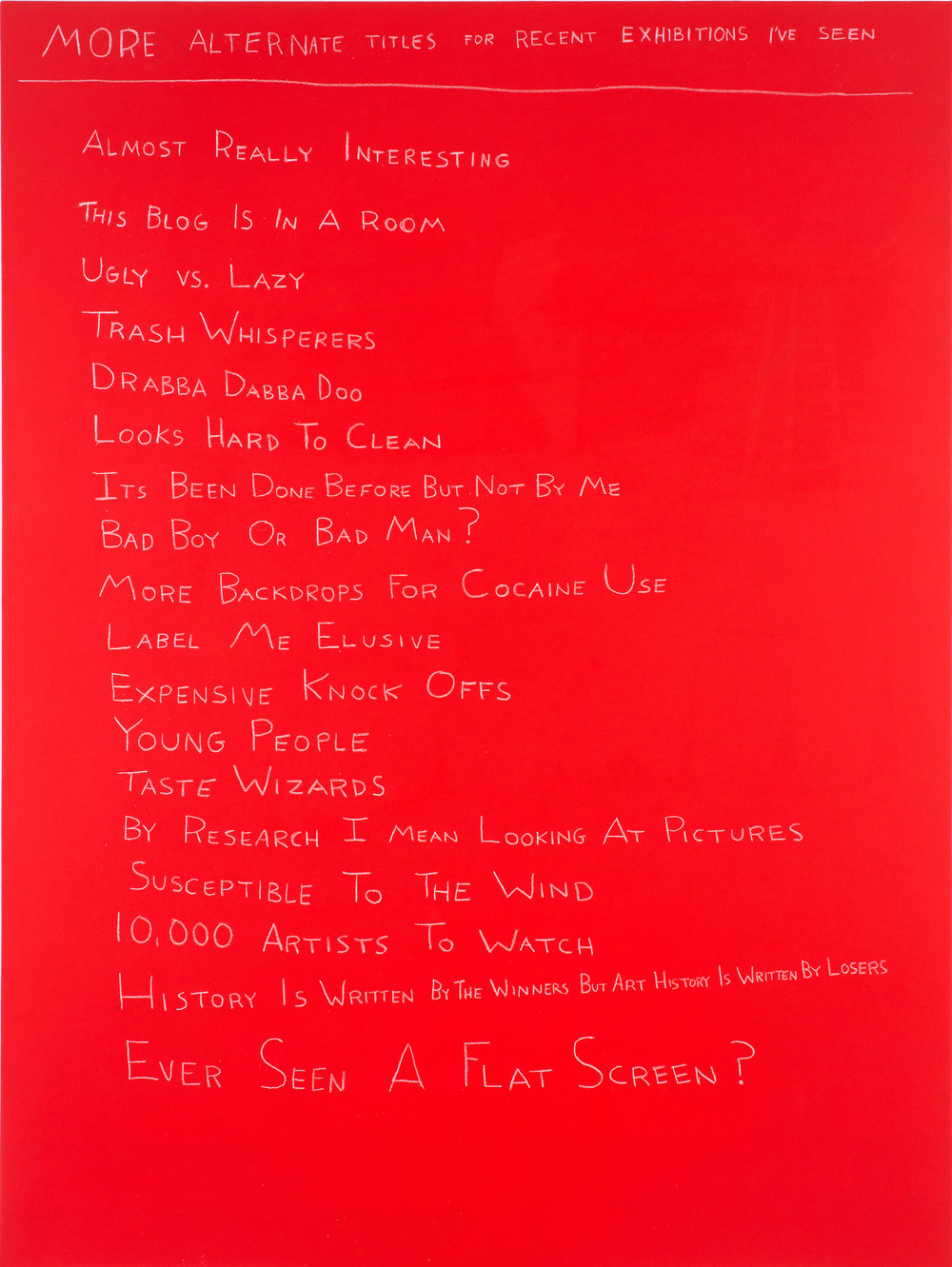
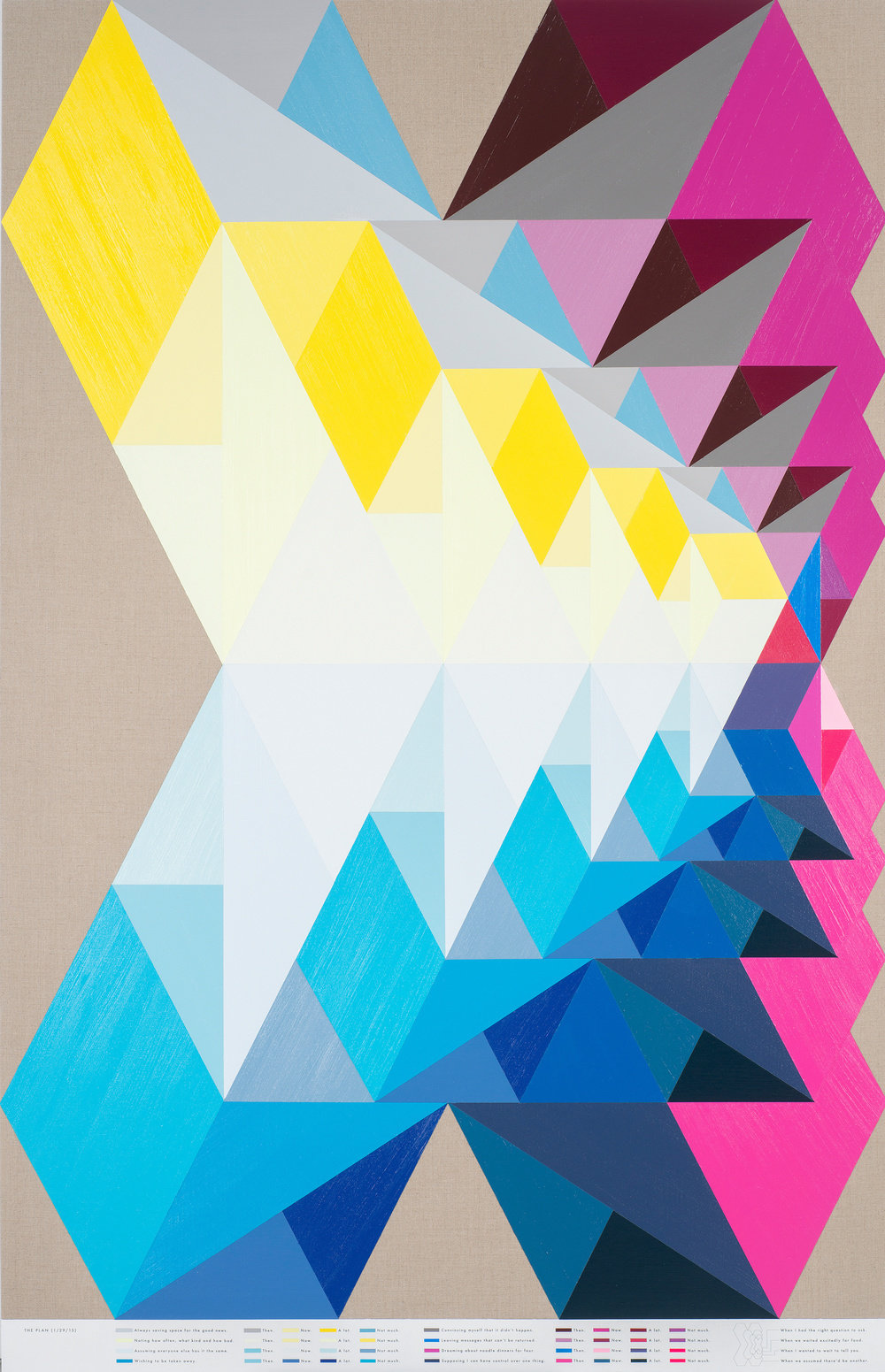
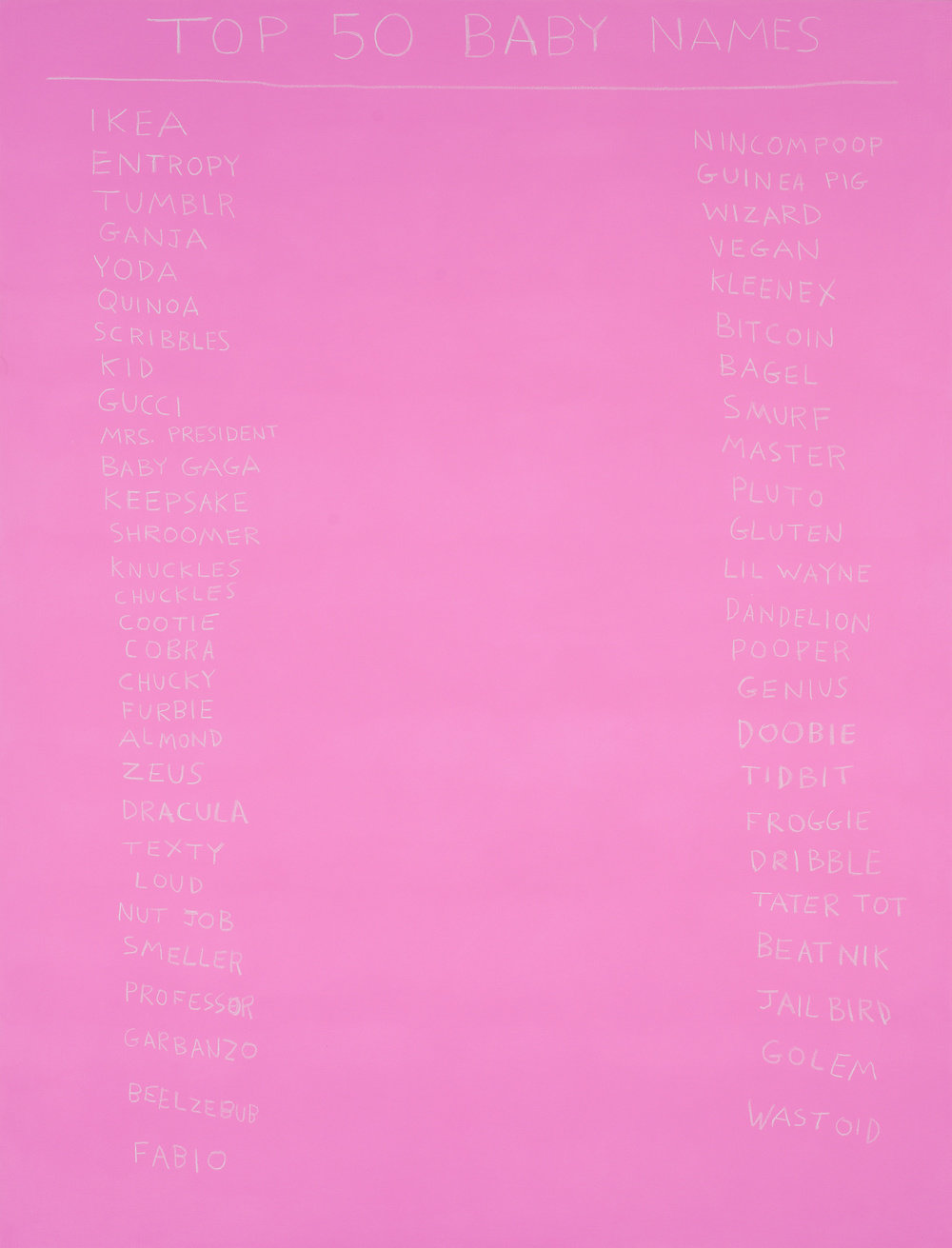
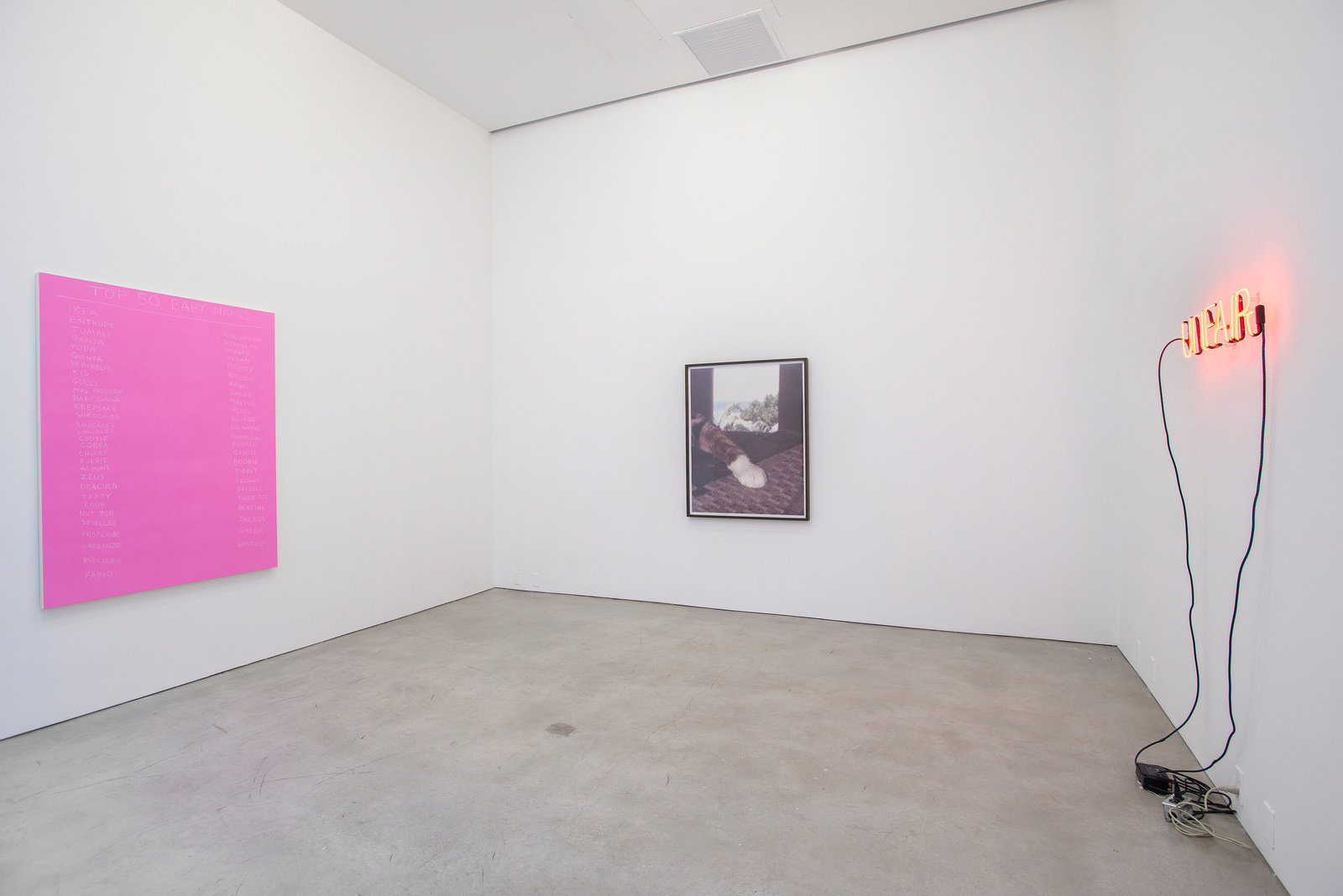
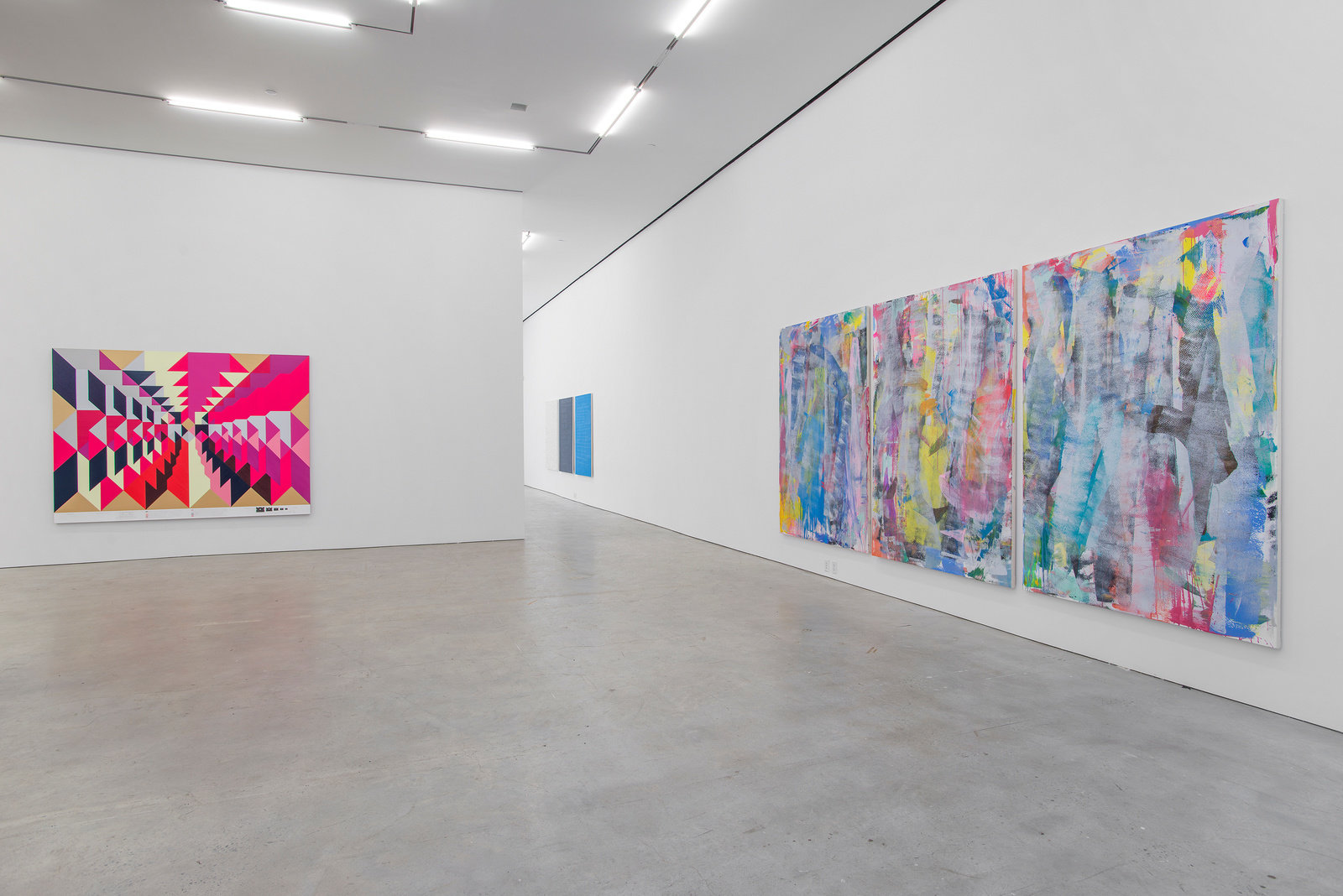
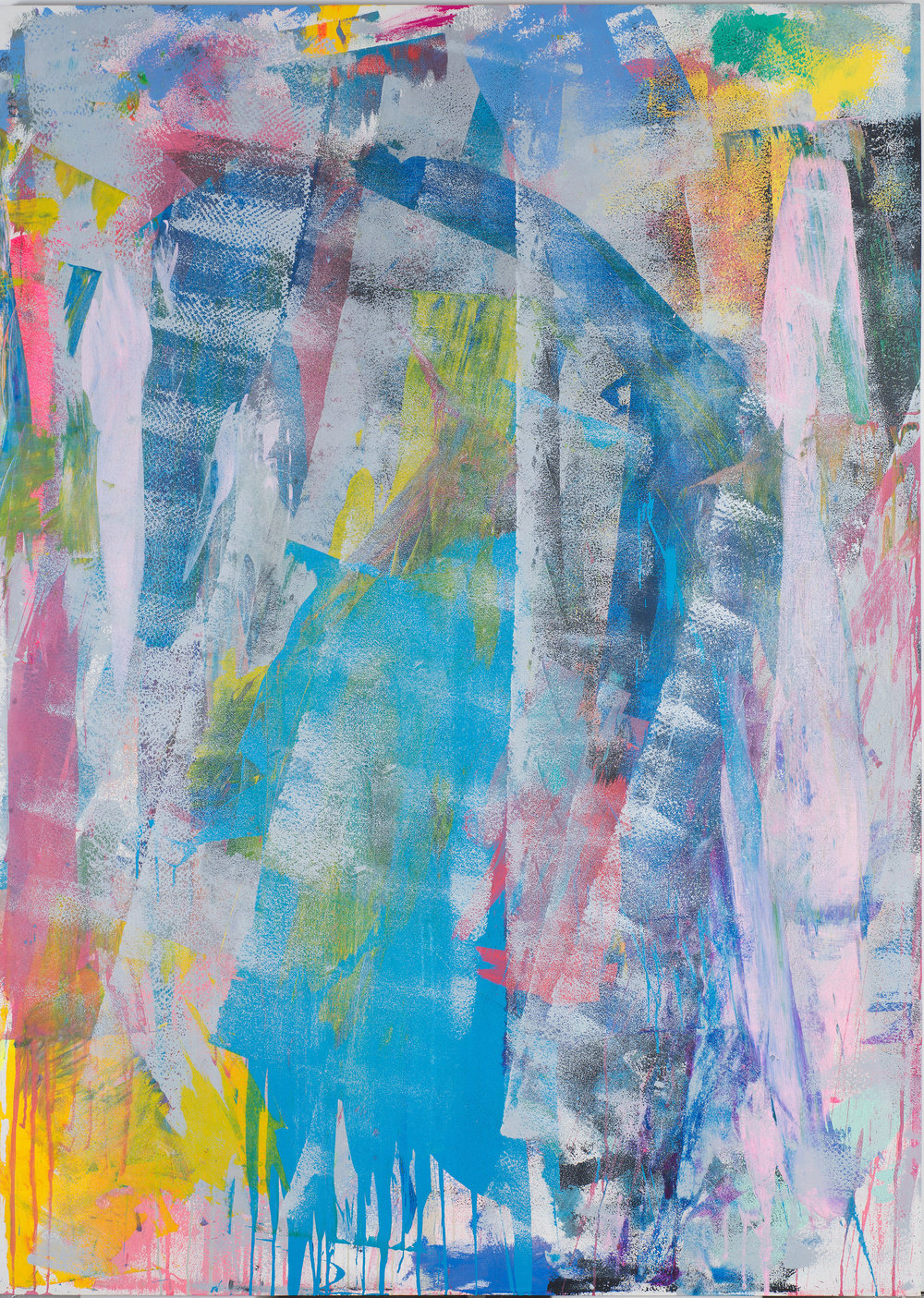

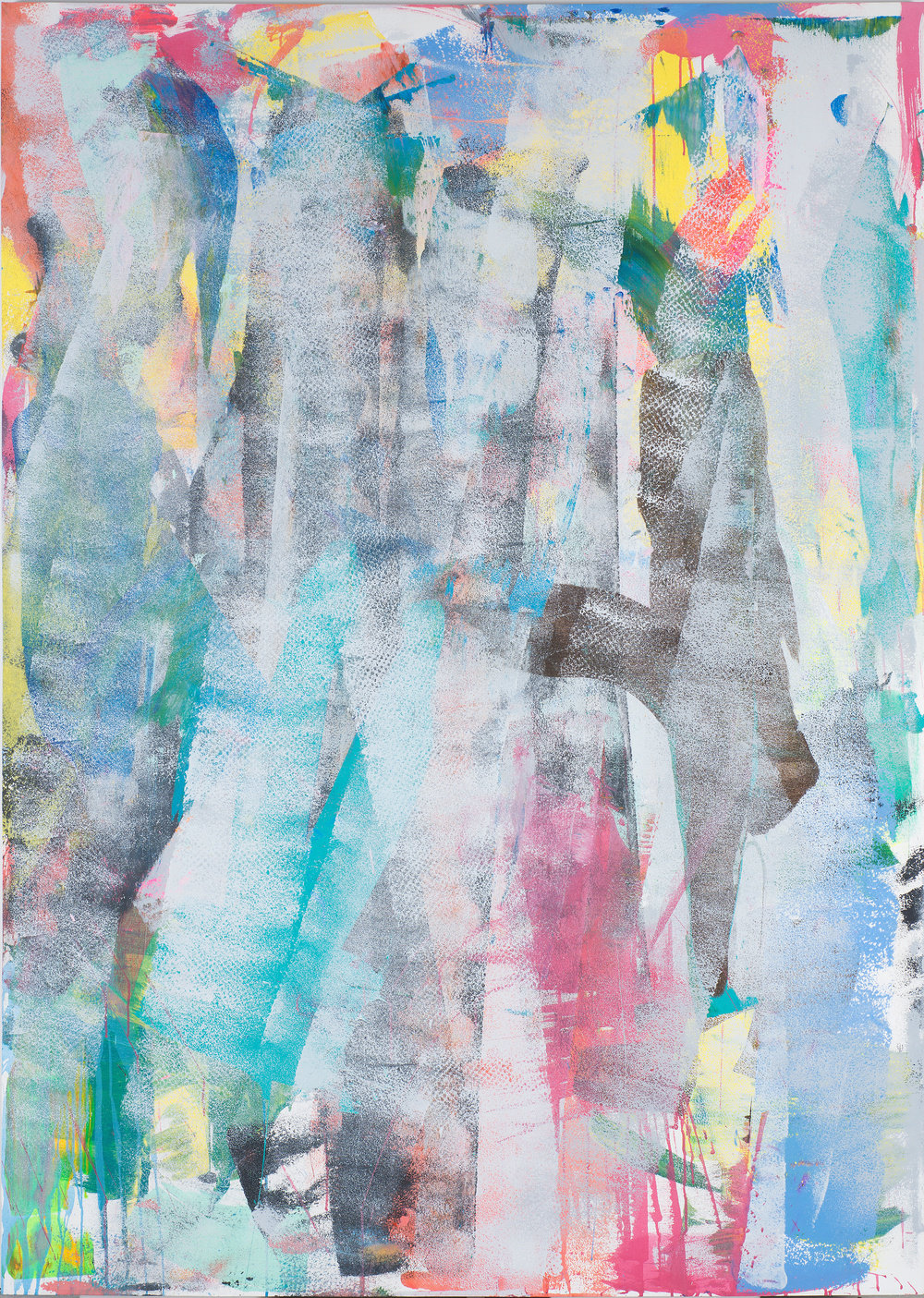
Press

